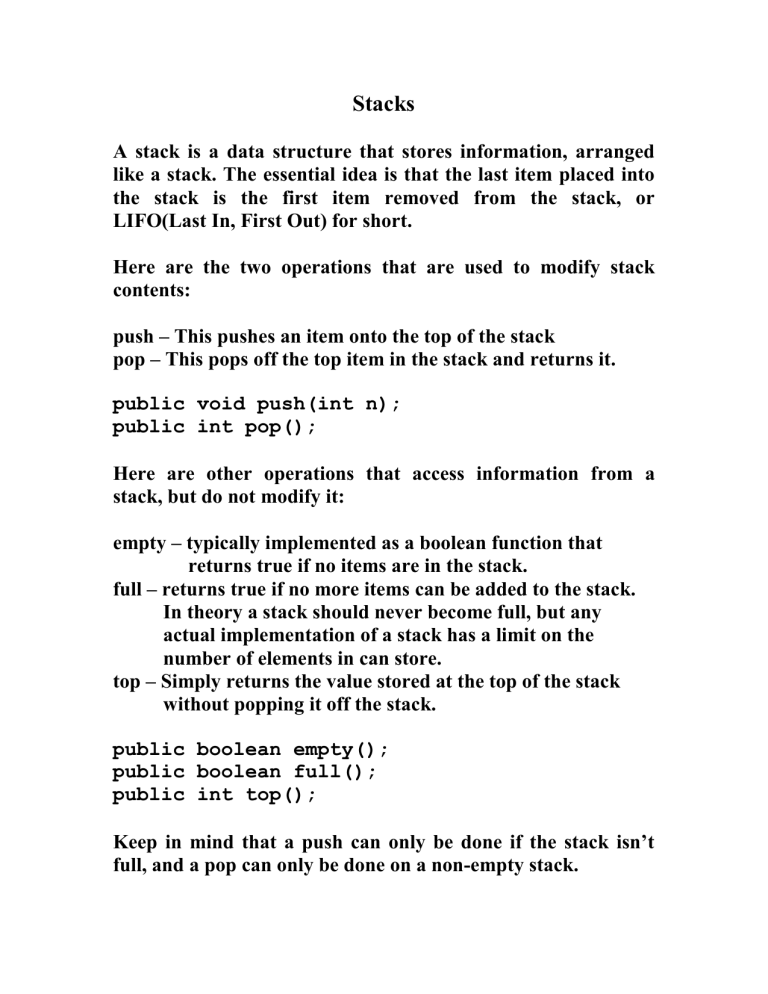


We believe the most effective way of sealing the space is to do it systematically in three stages: When that happens, it can be extremely difficult to identify and correct stack effect once the space is occupied. In our experience, even though these discussions may happen during design and pre-construction meetings, openings often end up not being sealed. If you accomplish that, the spaces will not be affected by the building pressure and will have the ability to control their own environment. To isolate the space from the building core, all surfaces that separate the main building and tenant space must be sealed, including walls and floor slabs, both above and below. The key to resolving subsequent stack effect in the lower level spaces is to isolate them from the building core. The buoyant air leaking through these openings throughout the building create negative pressure on lower floors, which pulls air in wherever there is a connection between the building core and the outside. The diagram shows how warm air escapes the building through openings such as windows, elevator rooms and vents, and stair pressurization openings. Generally, these spaces ( retail stores, grocery markets, restaurants, etc.) have exterior entrances and common walls with the building core. While there are multiple straightforward ways to minimize stack effect on a building, we’re going to focus on individual spaces, specifically on the ground level or sub-grade level. We recommended using a revolving door to connect the building lobby, to decrease the cold air infiltration during the morning rush because the revolving door eliminates the possibility of two entrances being open at the same time. To help minimize stack effect in this space, the flow of air out of the space had to be disrupted. Because the space volume was only 48,000 cubic feet all of the warm air in the space would be replaced with 20-degree air within 60 seconds if the space remained in its current condition. If both sets of doors to the client’s ground level location were opened at the same time, similar to the morning rush hour, the negative pressure in the building lobby would pull 46,000 CFM (cubic feet per minute) of air out of the store and into the lobby, while also pulling the same amount of outdoor air into the store. This winter, our commissioning team tested a space like this for a client, gathering pressure readings which confirmed the above scenario. Calculations suggest the building could be under extreme negative pressure when the outdoor temperatures drop below 20 to 30 degrees F. The business expects high levels of traffic through both entrances, especially in the morning and during the lunch hour. To maximize their location, the business has entrances at the street and from the building lobby. Think about an average business on the ground level of a 70+ story high-rise building. This same space could take 20 to 30 minutes to warm back up to a comfortable temperature, assuming the doors remained closed, ultimately creating an impossible heating requirement to deal with on extremely cold days. In fact, if not properly addressed, the air in a street level space of a high-rise building could be completely replaced in less than a minute.

The taller the building and the colder the outdoor temperature, the greater the negative pressure on the lower floors. This movement creates negative air pressure in the lower levels of the building and causes the cold outdoor air to be pulled into the building. Hot air rises, so the warmer, indoor air is buoyant and presses upward to exit the building through a variety of openings in the upper floors. Stack (or chimney) effect occurs in tall buildings when the outdoor temperature is substantially colder than the inside temperature. At Henderson Engineers, we do our best to identify when stack effect is likely to be an issue, so we can help our clients address it during design because once construction is complete and the space is occupied it can be very difficult to fix. In many cases the problem, while fairly common, is not widely understood - it’s known as stack effect. Many street-level tenants of high-rise buildings found it nearly impossible to keep occupants warm despite having thermostats set to maintain comfortable temperatures. Extreme cold spells across the country this winter made it difficult for many buildings to maintain comfortable temperatures.


 0 kommentar(er)
0 kommentar(er)
